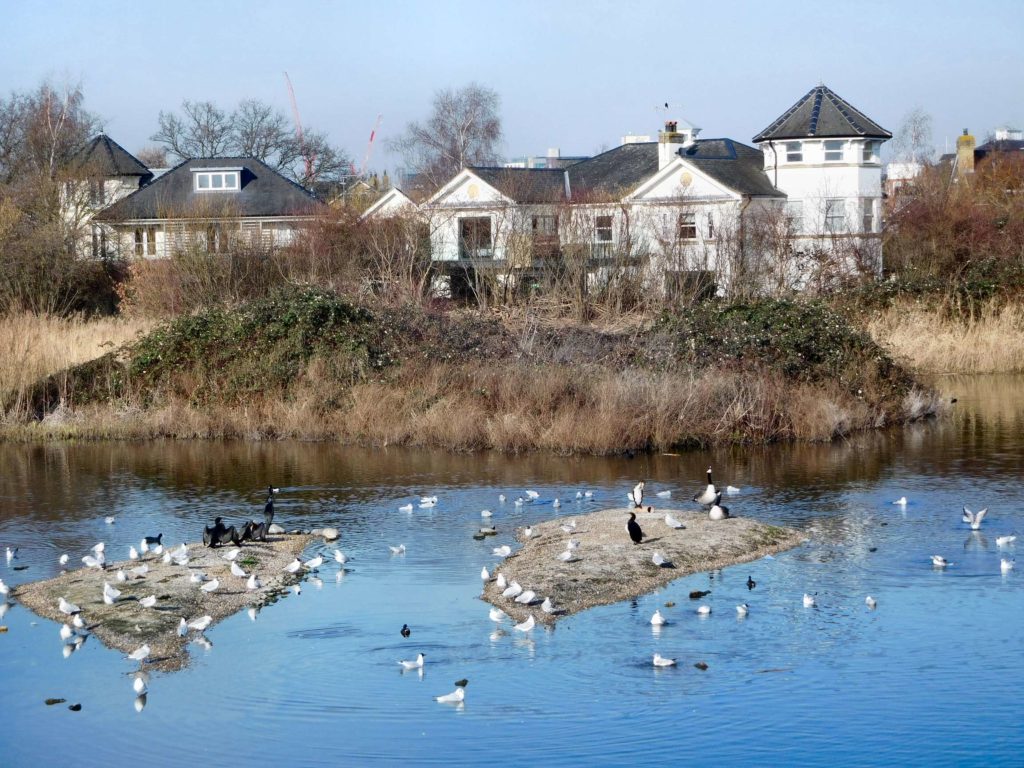
But there’s much more … much closer …
(All the images can be viewed a bit larger from your browser’s menu;
most likely right-click the mouse and choose something like ‘View image’)
The WWT’s London Wetland Centre of course brings nature close, from faraway reedmarshes to a corner of our great city. But today I want to look at some features which go much further, bringing nature within touching distance, even if the observer is in a buggy or wheelchair.
The Wetland Centre achieves this with a whole lot of ideas, implemented in robust and attractive materials. One is the accessible pond, in the Thames Water Pond Zone. Here, there are raised ponds (about knee height) surrounded by asphalt, so a group can get up close. The sides are made of railway sleeper-sized chunks of wood, arranged for convenient sitting, and there are built-in interpretation signs with well-drawn pictures of common pond animals. Pond-dipping is allowed under supervision.
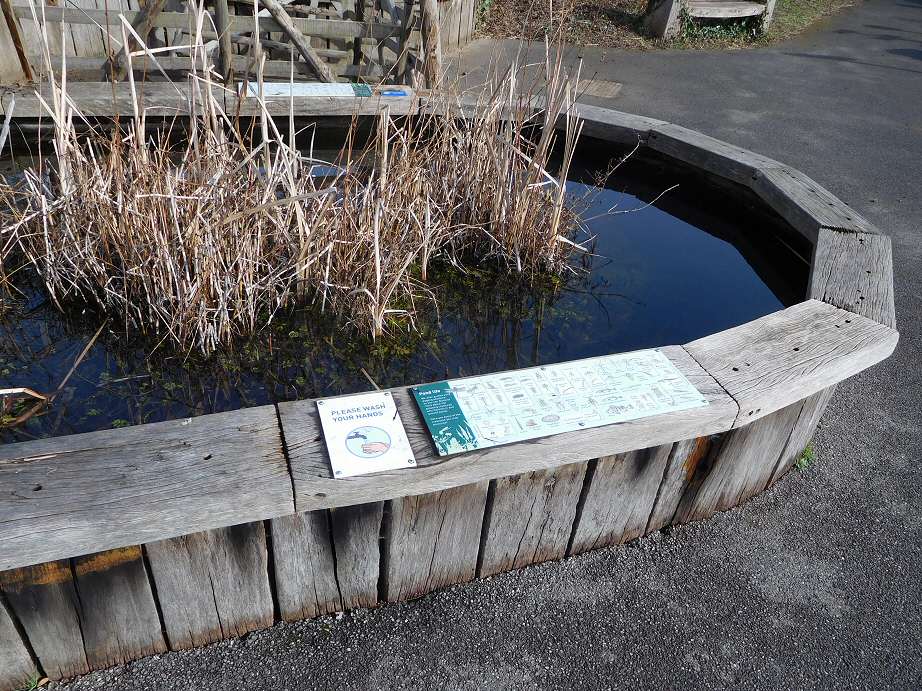
The Pond Zone actually has a different kind of accessible pond, more like an aquarium: a robust concrete tank, with an impressive front wall of 50mm thick bullet glass. This is presumably intended to let visitors get really close to (well, 50 mm away from) the pondlife, but not to touch. Ingenious, but it doesn’t feel as natural as the railway-sleeper pond, for my money.
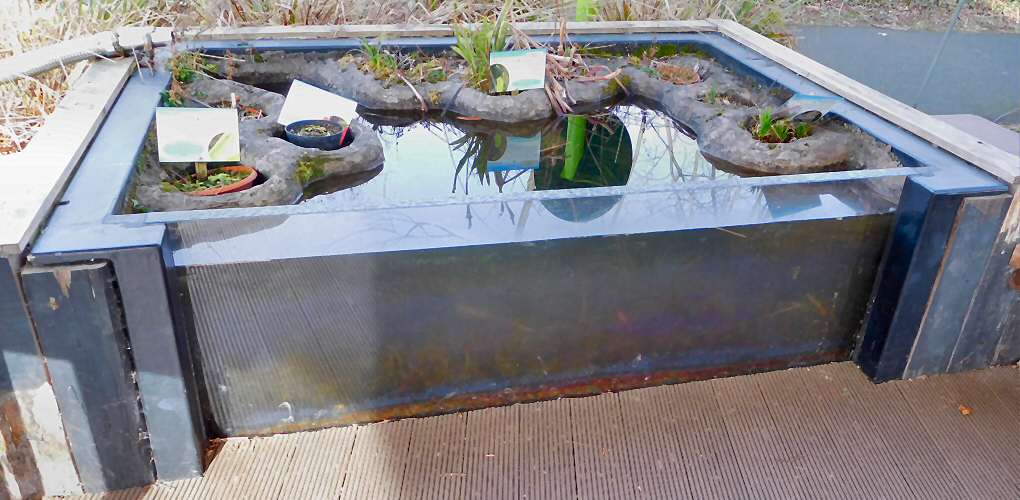
Accessibility goes for plants as well. Here’s the Herb Garden, next to the beautiful thatched reedbed museum, again with chunky wood to sit down on. Very cosy.
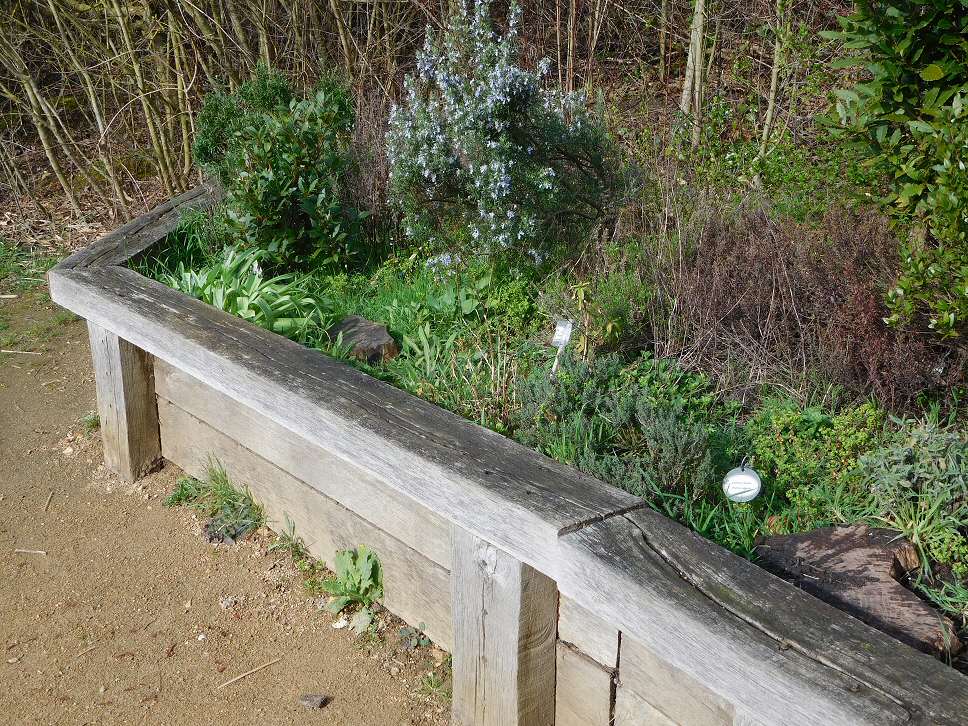
Ok, so that’s ponds and herbs. How about Accessible Bees? The towering bee homes (there are several of them) are certainly talking points.
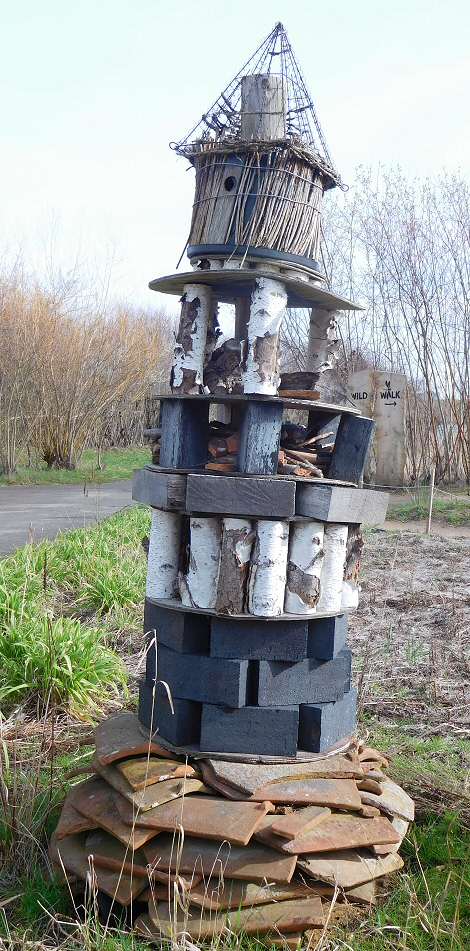
The spacious Rain Garden has some nice touches, like an array of large boulders sporting mosses and lichens.

Nearby is a very pretty loggery. The fungi are certainly flourishing.
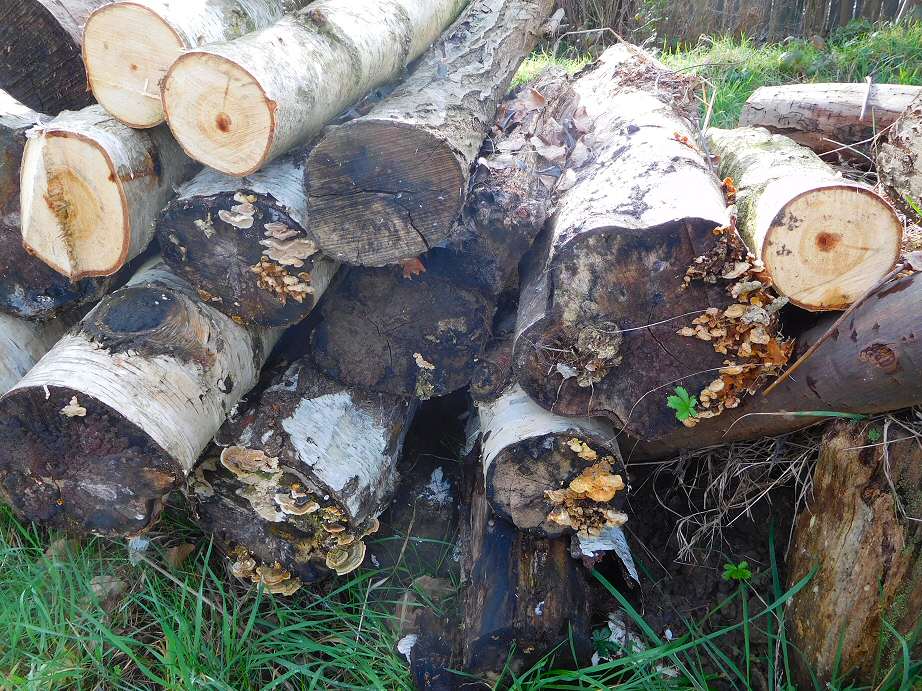
The planting beside the main building puts a giant flowering Rosemary bush against the brickwork, to stylish effect.
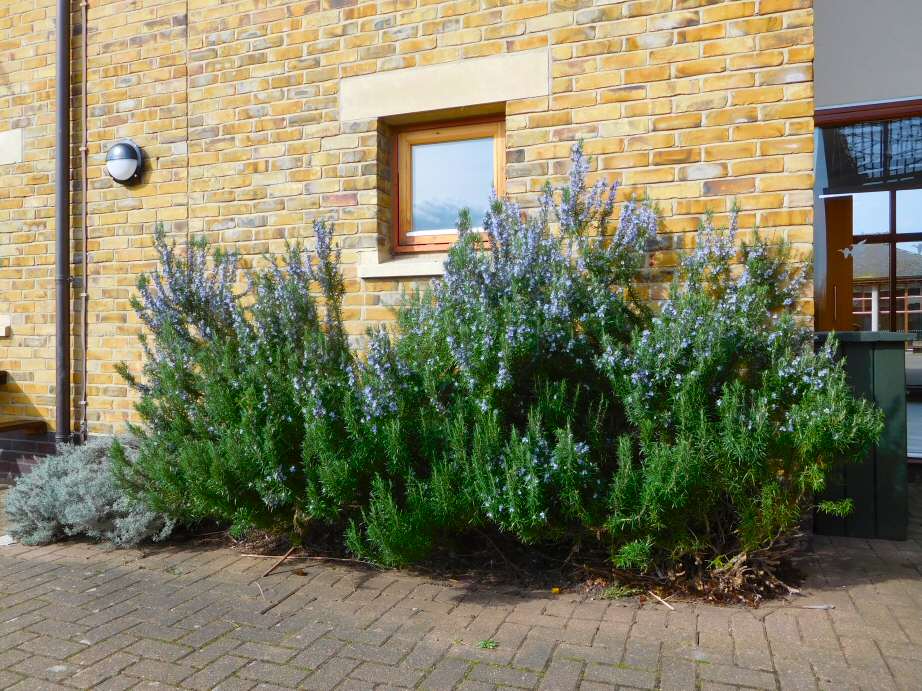
Some of the hides have low ‘green’ rooves. This one is covered in masses of the bushy lichen Cladonia ramulosa with attractive chocolatey apothecia (fruiting bodies). Some red Stonecrop lurks in the background (you can’t have everything). It’s definitely “nature up close”.
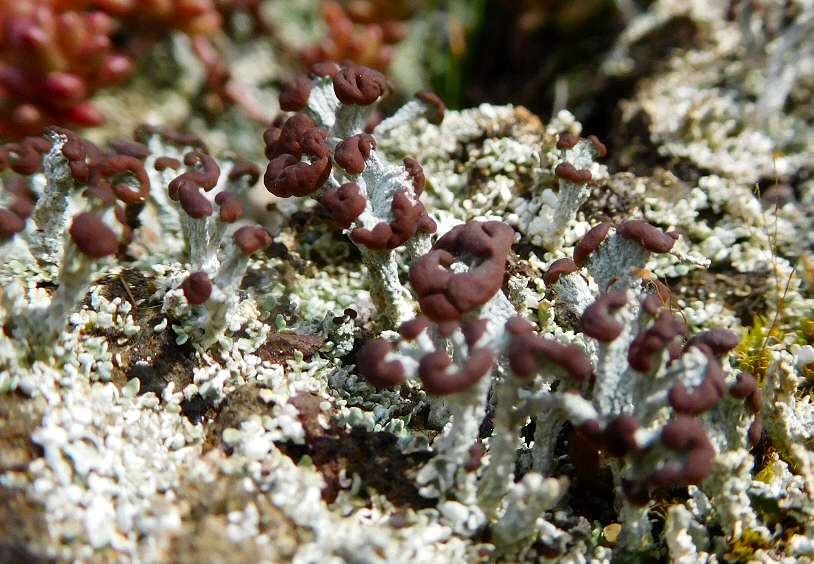
Magnification about x4: that’s “nature up close”.
